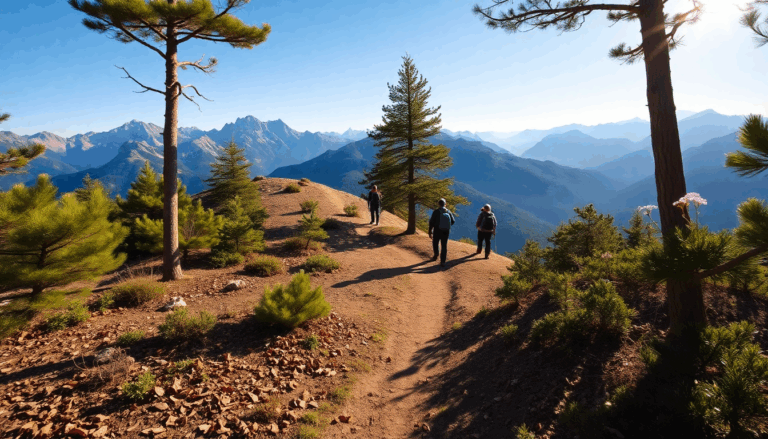Embarking on a mountain hike can be an exhilarating experience, but it also requires careful preparation and a strong emphasis on safety. Recent incidents, like the injury of a 64-year-old on the Sentiero Roma and a serious motorcycle accident involving a 25-year-old, highlight just how essential it is to take the right precautions.
In this article, we’ll explore the key aspects of preparation before you hit the trails, offering valuable insights and practical tips to ensure your adventure is safe and enjoyable.
The Importance of Preparation
Proper preparation is the foundation of a safe and enjoyable hiking experience. Are you aware of your experience level compared to the difficulty of your chosen route? Many accidents happen when hikers overestimate their abilities. That’s why
it’s crucial to stay informed about the weather conditions and the trail’s difficulty level. Have you ever thought about how a simple weather forecast could change your hiking plans? Using dedicated apps or reliable websites for weather updates can make a significant difference in your planning.
Moreover, selecting the right equipment is key for a safe hiking experience. Wearing proper footwear and carrying essentials such as a first aid
kit, a map, a compass, and energy-rich snacks are just a few of the precautions you should take. During my time at Google, I learned that having an emergency plan is vital; letting someone know your itinerary ensures that someone is aware of your whereabouts in case something unexpected happens. Never underestimate the importance of these straightforward yet effective precautions.
Handling Emergencies and Unexpected Situations
Even with thorough preparation, unforeseen circumstances can arise. For instance, consider a scenario where a 70-year-old forager gets injured in a challenging area—knowing how to react is crucial. The first step in any emergency is to stay calm and assess the situation. If you can, contacting emergency services is essential; providing detailed information about your location can be the difference between a swift rescue and a prolonged wait.
Understanding the basics of survival in mountainous areas can be invaluable. Have you ever wondered how beneficial it could be to know first aid techniques and how to handle critical situations? Specialized training courses offered by mountaineering associations are excellent resources for acquiring these essential skills.
Key Performance Indicators for Safety
When we talk about mountain safety, monitoring key performance indicators (KPIs) is essential. Accident statistics provide valuable insights into the most dangerous areas and the behaviors to avoid. By analyzing data from past incidents, we can identify trends and improve our safety practices. Just like in marketing, where data drives decisions, mountain safety deserves the same level of scrutiny and analysis.
Additionally, participating in surveys and field research can raise awareness and accountability among hikers. Research shows that most accidents are preventable with proper preparation and a thorough understanding of your environment. Remember, safety isn’t just a priority; it’s a value we all need to embrace when venturing into the beauty of nature.

